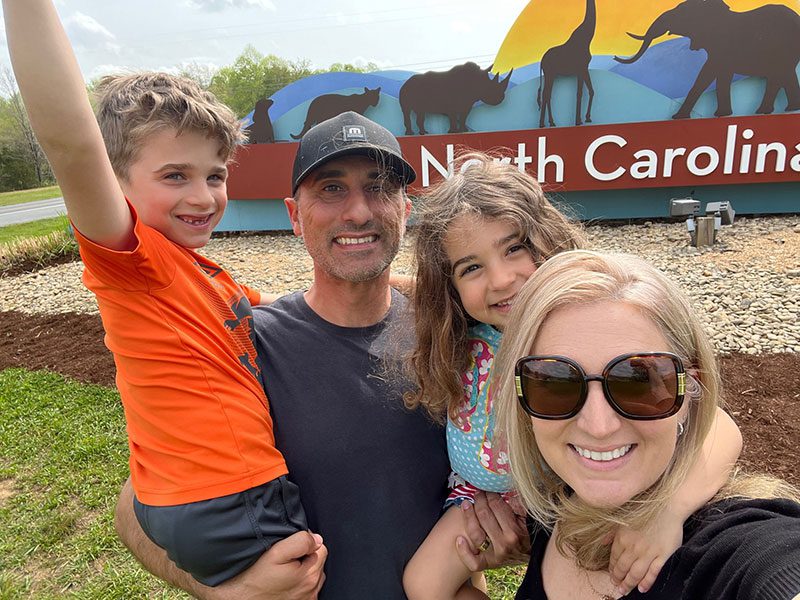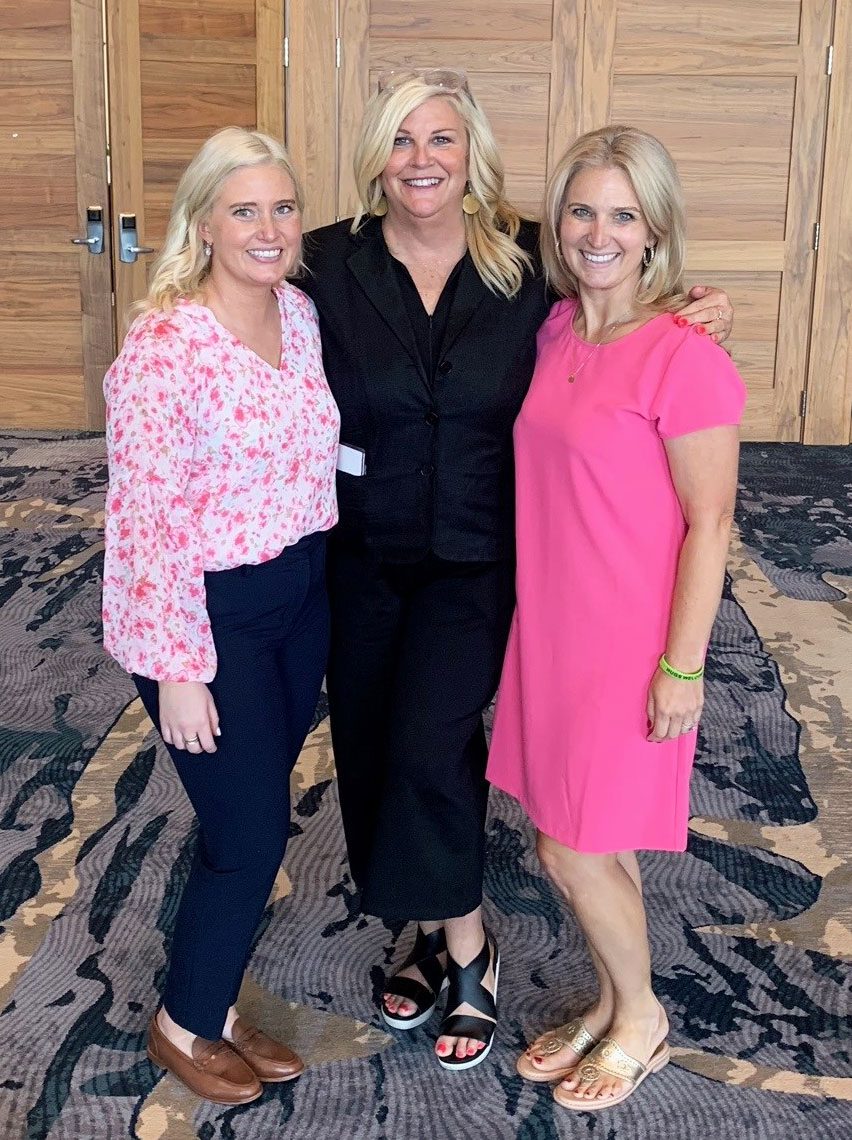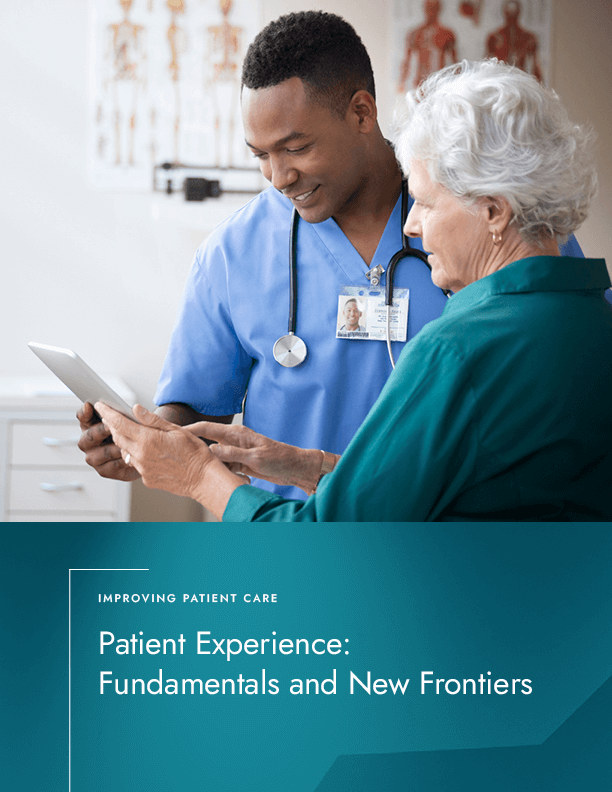Cheri DiStefano had been working in the corporate world for over a decade when she felt a calling to go to nursing school. Many people consider career changes, but few follow through. She took that brave leap, and it turned out to be the first of many challenging and rewarding events to come.
After considering a career change for a couple of years, her mind kept going back to the idea of entering the healthcare profession. “That sort of made me realize that this wasn’t just a fleeting thought — it was more. This is what I kept coming back to,” she said. After successfully completing a major three-year project at work, she took it as a sign to start applying to nursing schools.
A rapid introduction to the NICU
DiStefano enrolled in an 18-month accelerated nursing program at the University of North Carolina at Chapel Hill, the same school where she had earned her undergraduate degree in journalism, mass communication, and advertising. When she had nearly completed the program, she and her husband found out they were expecting their first child.
One day, she was working her scheduled clinical rotation shift at the hospital when she began having intense contractions. At only 26 weeks along, she suspected something might be wrong and walked over to the labor and delivery unit to get checked. After an examination, she learned that she would need to be transferred to another hospital where she would stay until the baby arrived.
The care team at the University of North Carolina Hospital in Chapel Hill was able to stop her contractions, administer steroid shots to help the baby’s lungs, and delay delivery for a week, but her son was born at only 27 weeks and two days’ gestation. The DiStefanos were terrified about what was to come. They wondered how long their baby would need to stay in the neonatal intensive care unit (NICU) and were distraught about having to go home without him.
An extensive care team of nurses, doctors, respiratory therapists, and physical therapists worked around the clock to care for their son for 51 days. Because of their efforts, the DiStefanos were able to take their son home six weeks before his original due date. “We still can’t say enough good things about the truly spectacular nurses and doctors who worked in that unit. They cared for our son, and they cared for us too. They were our support,” recalled DiStefano. The experience was impactful, not just for her family, but for her career as well.
Returning to the NICU as a nurse
DiStefano went on to complete her nursing degree and applied to work at only one unit in one hospital — the very same NICU where her family had received care. Her experience in that unit had left such an impression that she wanted to repay her gratitude by helping families who were going through the same things she and her husband had experienced.

Initially intending to go into pediatric care, DiStefano never thought she would work in a neonatal intensive care unit. But the time her son spent as a patient led her to change her mind. “It’s actually not as scary of a place as I had always imagined. The reality is that most babies go home with their parents and have great outcomes because of what they do there. That called me to work in the NICU,” she remembered. “I felt so connected to the place and the people there.”
As a newly-graduated nurse, DiStefano didn’t know if she would get the job. She recalls learning that she had been offered the opportunity to work in the NICU where her son was born. “I was ecstatic. It was very emotional. And going back in on that first day, it brought back a lot of memories. There were also very happy thoughts, because my son did so well, and I knew I was going to be part of that journey for other parents. I wanted to be part of giving them as good of an outcome as we had, in whatever way I was able to contribute to that.”
Seeing both patient and provider perspectives
During the time that DiStefano worked in the NICU, her prior experience of receiving care there helped her because she knew what parents were thinking and feeling. Sharing her story with the families she cared for helped them to understand that the experience of having a baby in the NICU can happen to anyone, and they shouldn’t blame themselves.
She also found that her experiences helped her communicate better with families. Knowing how difficult it can be to grasp complex medical information and terminology during a traumatic experience gave her insights on how to best support families going through the same challenges her own family had faced.
Of her time in the NICU, DiStefano said, “Working in that unit was the hardest yet most rewarding experience of my career. I got to be part of a team that collaborates, debates, and does their very best every day to advocate for patients who are too little to advocate for themselves.”
Although a relatively short time within the longer scope of her professional career, her years as a nurse were invaluable. “There are so many wonderful reasons to become a nurse. Being a nurse is more than just a degree. More than a career. It is a calling that changes not only your life, but the lives of every patient you treat — and their families too,” she reflected.
Next step: Serving the healthcare profession more broadly
Cheri DiStefano’s journey continued when she sought to transition to a role with a more consistent schedule to better fit the needs of her growing family. She now manages a team of client success managers at Relias. Helping healthcare organizations provide education solutions for their staff combines all her prior career skills and experience. Her work affects nurses and a host of other healthcare providers all over the country, helping them do their jobs better.
Of her current role, DiStefano said, “I work here because of our mission, our drive to serve the broader community of healthcare professionals so they can better serve their patients.” She added, “Having been on the clinical side as a nurse, I understand what nurses are looking for in education, what resonates with them, and the importance of striving for high reliability as an organization to help improve patient outcomes. And it helps that I can explain that to my team and give them that perspective.”

DiStefano wholeheartedly believes in the power of Relias education to empower nurses and physicians to provide better care. “It’s not just education to check a box for compliance or get continuing education credit. It’s to give healthcare professionals a stronger understanding of their roles, to be able to work better together, and to reduce variation in care — which leads to better patient outcomes,” she explained.
“I’m passionate about what we do. I think many people who work here at Relias have a story, a health care experience, so they know the importance of getting best-in-class care, which is ultimately what we are trying to help give to our clients through education,” she said. She feels especially gratified when nurses who previously might have viewed training as a cumbersome requirement become firm supporters — when they see the data on how outcomes improved with regular education and the significant difference it can make.
She also underscored the importance of empathy and being able to come from a place of understanding about what it’s like in a hospital setting, what nurses may be going through, and the challenges and obstacles they face. DiStefano strives to stay connected to the nurse community so she can keep current on their issues and concerns.
“I definitely draw on all my previous experiences in my work. Things are always changing — the role of nurses is changing all the time. Being very agile and mindful about how we support healthcare professionals with education is so important. We have been given a real opportunity to make a difference, and we don’t take that trust lightly.”

Patient Experience: Fundamentals and New Frontiers
Patients who were once willing to meet healthcare systems on their terms are now at the forefront of initiating change. Identify strategies and tools to strengthen the healing relationship while meeting patients where they want to be met.
Download the white paper →





